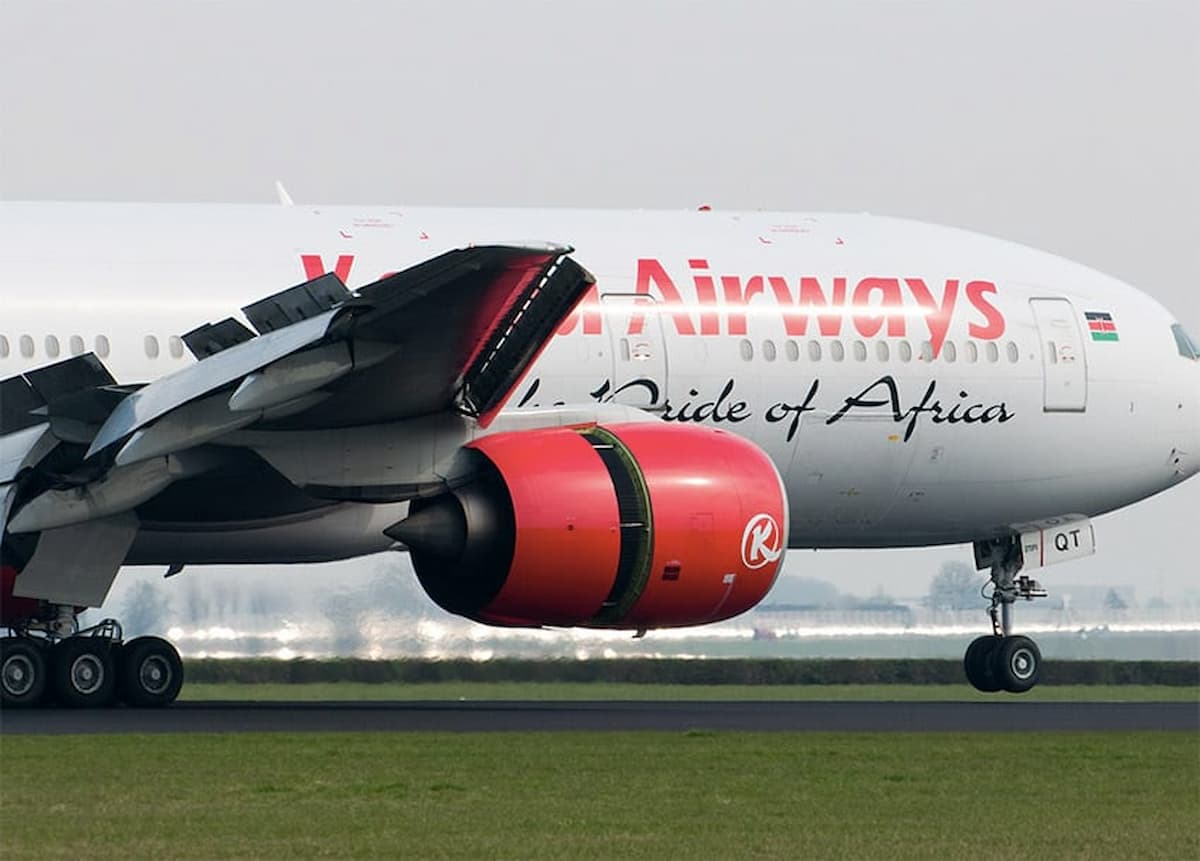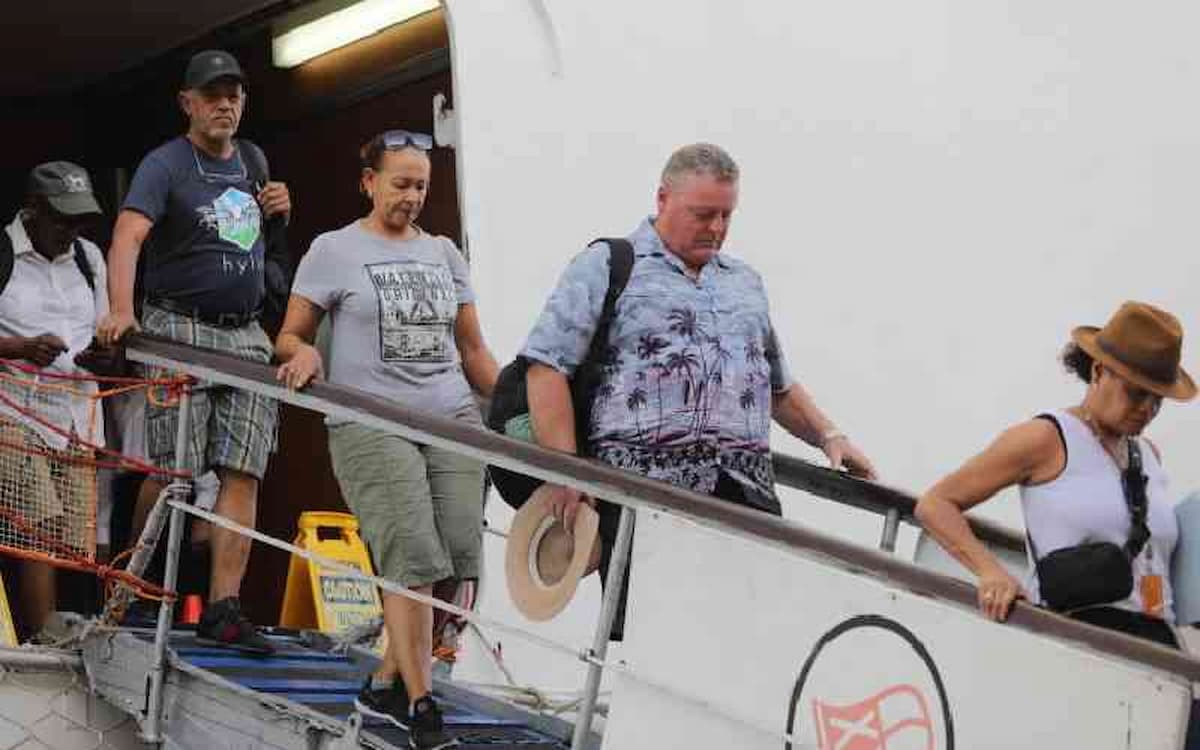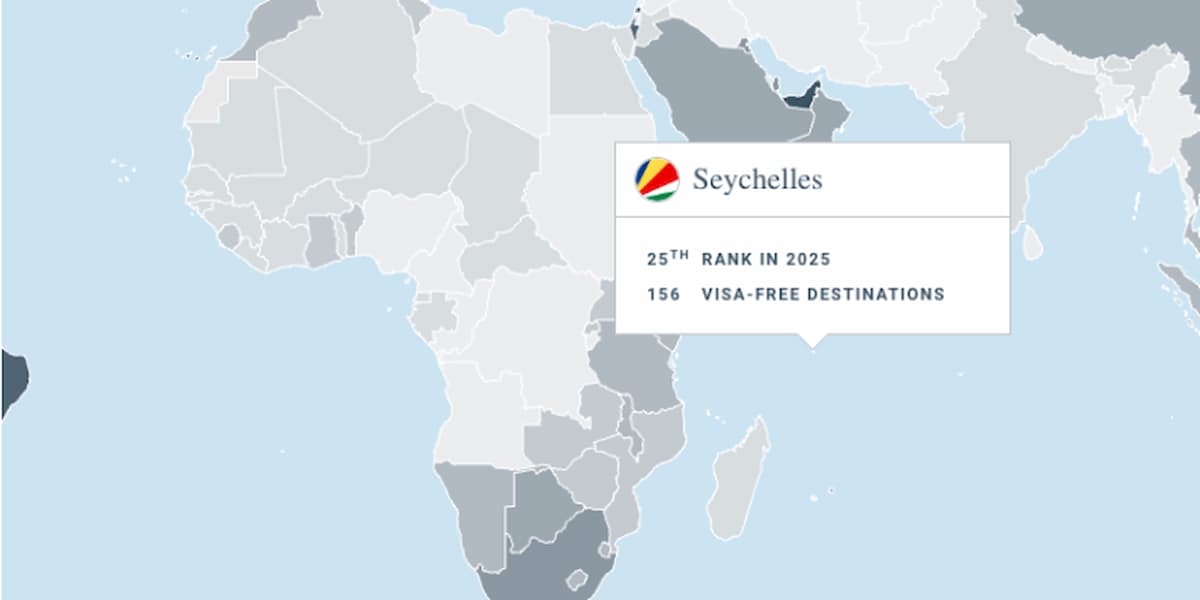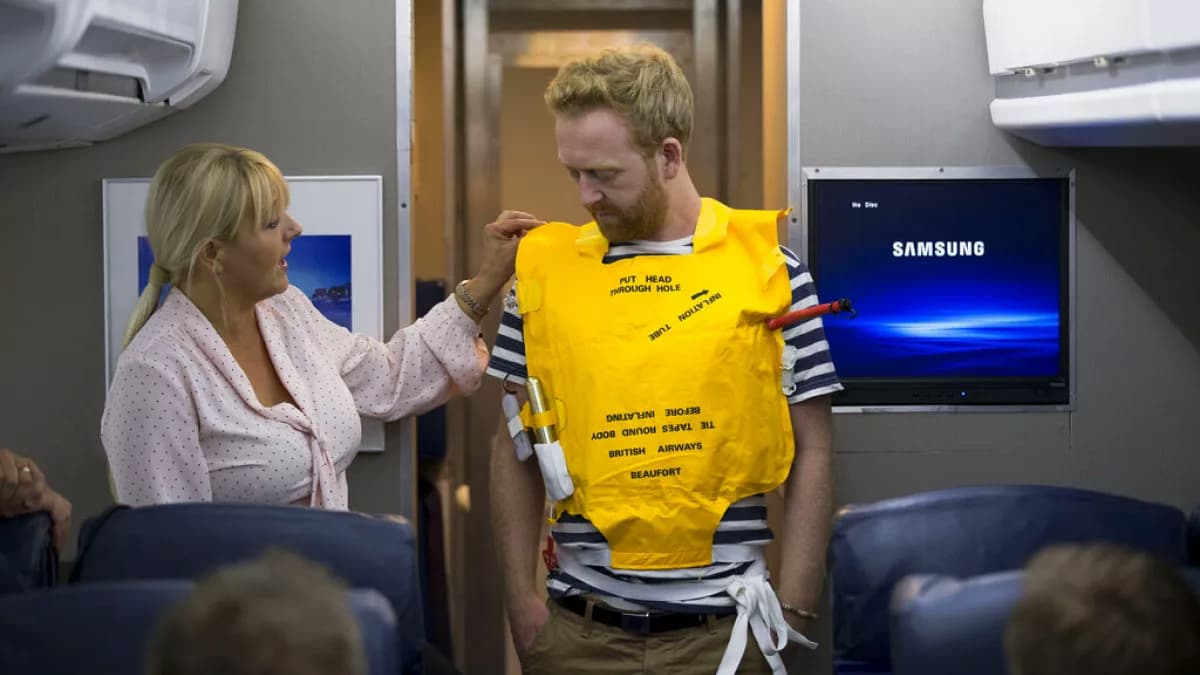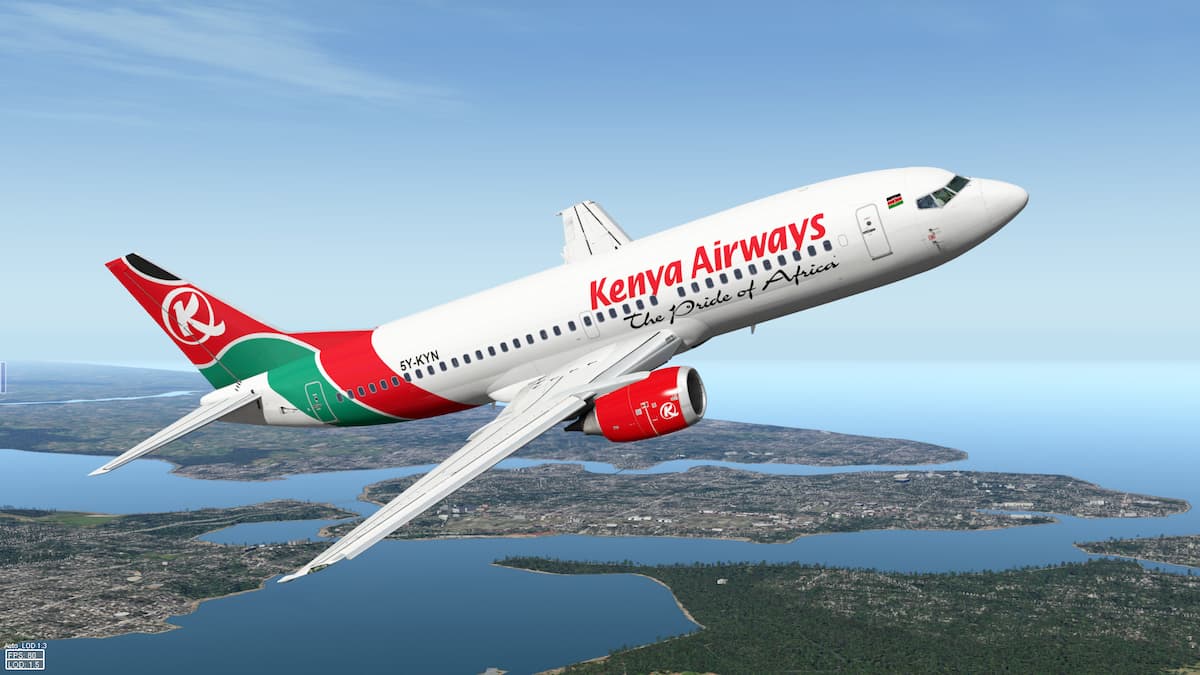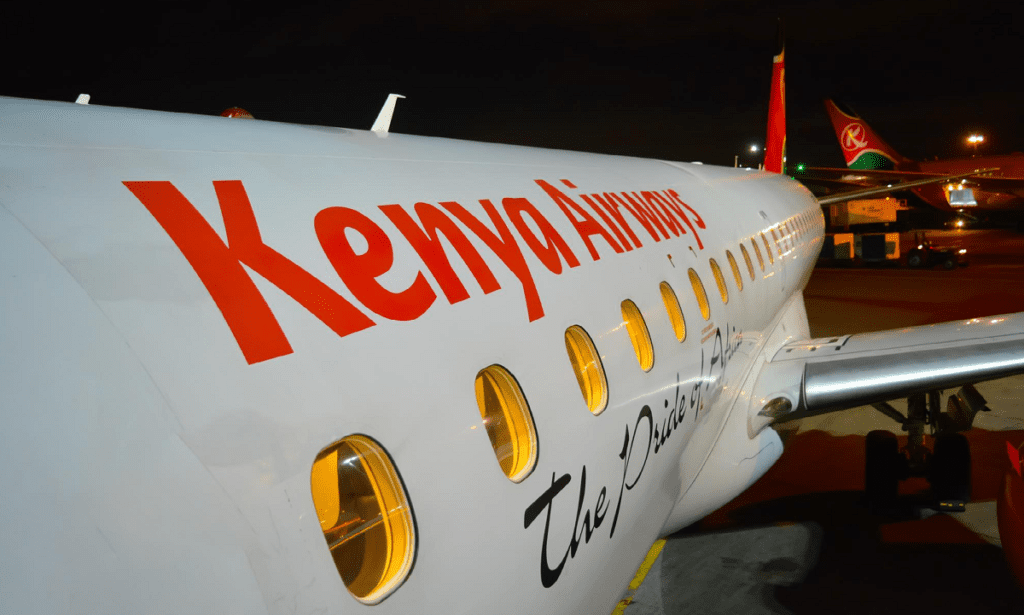Dubai has continued to consolidate its standing as a top choice for prominent international business conferences, events, congresses, corporate meetings and incentives in 2024, with the city securing the opportunity to host a record 437 events from a range of sectors and professions.
Driven by Dubai Business Events (DBE), the city’s official convention bureau and part of the Dubai Department of Economy and Tourism, this marked a 20 percent year-on-year increase in the number of successful bids, further elevating Dubai’s status as a globally competitive hub for events, powered by innovation, infrastructure development and rising global economic influence.
“The healthy increase in successful bids in 2024 is further proof of Dubai’s rising prominence as a destination that delivers not only world-class business events infrastructure and capabilities but also provides unrivaled, memorable experiences for all organizers and delegates,” stated Ahmed Al Khaja, CEO of Dubai Festivals and Retail Establishment.
Events to attract over 200,000 delegates
The events captured in 2024 are set to attract around 210,731 delegates to Dubai over the coming years, making a direct impact on the city’s economy and travel and tourism ecosystems, and bringing talent and expertise from around the world to enjoy the platform Dubai provides for knowledge sharing, professional development and networking.
The city’s success, driven by collaborative efforts across the public and private sectors, underlines Dubai’s unrelenting draw as a go-to, accessible, safe and welcoming global MICE destination. This growth feeds into Dubai’s wider economic growth by attracting more visitors, positioning Dubai in the global business events arena, and shedding light on its thriving knowledge economy.
Furthermore, it cements the important role business events are playing in achieving the goal of the Dubai Economic Agenda, D33, to consolidate Dubai’s position as a leading global city for business and leisure.
“To build on this momentum, we are engaging with all stakeholders, trusted partners and service providers, to elevate Dubai’s position as a leader in the competitive business events landscape – aiming for sustainable economic growth, in line with the Dubai Economic Agenda, D33. We look forward to harnessing the power of opportunity to create further impact for the benefit of everyone, and demonstrate what sets Dubai apart to a global audience,” added Al Khaja.
Key wins propelling growth
Among the most noteworthy wins last year were the 2025 WFNS World Congress of Neurosurgery, with 4,000 delegates; the 2025 Asia Pacific Cities Summit & Mayor Summit, with 1,200 delegates; the 2025 Pan Arab Radiology Conference, with 1,500 delegates; and the 2026 Global Symposium on Health System Research, with 3,000 delegates.
Dubai also secured the 2026 FIP World Stamp Exhibition, with 1,000 delegates, and the 2028 Scientific Assembly and Associated Events of the Committee on Space Research, with 3,000 delegates.
In addition, Dubai won bids for several prestigious corporate and incentive events in 2024, including the 2025 Oppo Guangdong Incentive, with 4,000 delegates; the 2025 Loyal Connect Global, with 3,000 delegates; the 2025 GLA Global Logistics Conference, with 1,500 Delegates; the 2026 Forever Living Global Rally, with 12,000 delegates; the 2026 Emerson Exchange, with 2,500 delegates; and the 2026 Herbalife China Incentive, with 1,200 delegates.
Further supporting Dubai’s growing business events landscape, DBE engaged with industry professionals around the world at trade shows including IMEX Frankfurt, The Meetings Show, IBTM World, and IMEX America, as well as through a year-round calendar of sales missions, study missions and site inspections.
Read: Sharjah Shopping Promotions continue to boost retail sales, economic growth
Programs and partnerships
Other key initiatives included the Al Safeer Congress Ambassador Program, which engaged its locally-based subject matter experts and members from various professional fields to secure more events and welcome more delegates to Dubai in the coming years. Partnerships with key industry bodies including the BestCities Global Alliance, the International Association of Professional Congress Organisers (IAPCO), the Professional Convention Management Association (PCMA) and the International Congress and Convention Association (ICCA) further boosted growth.
This performance follows key milestones achieved in 2024, including ICCA ranking Dubai the top city in the Middle East for the number of association meetings hosted, and events crowning it number one in its ‘Top Meeting Destinations in the Middle East and Africa’.
Source: Economy Middle East







